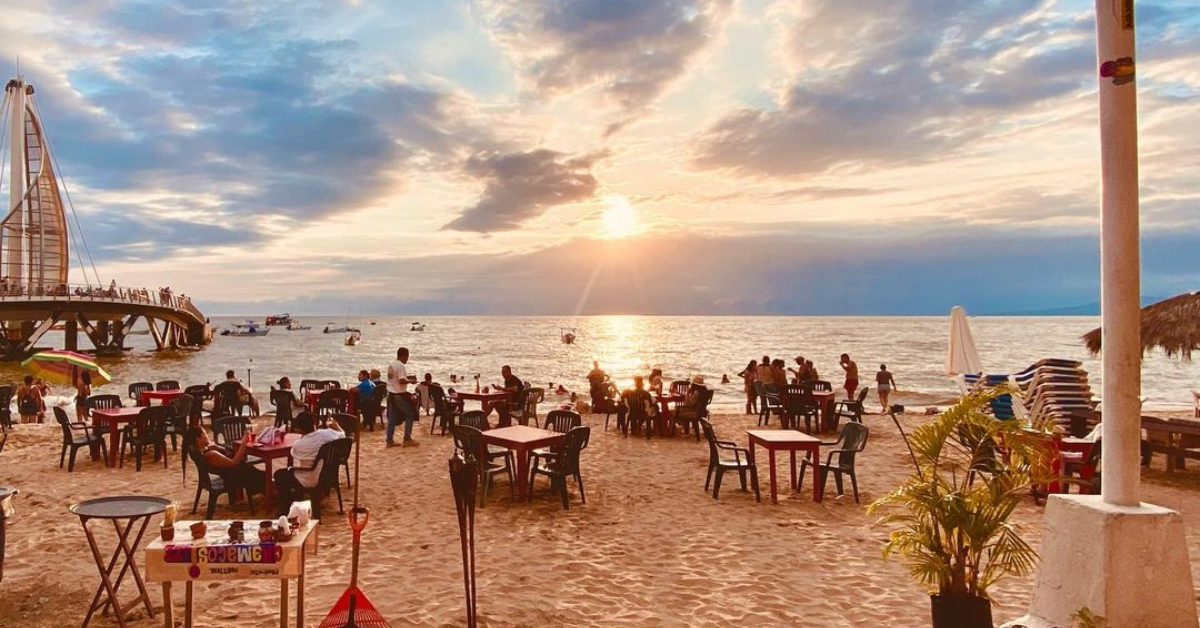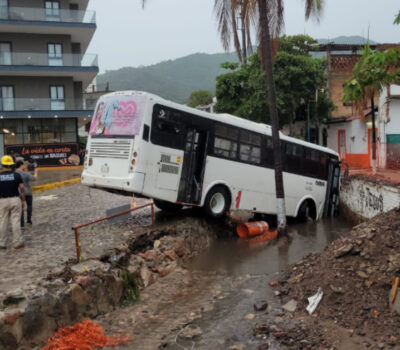The Federal Commission for the Protection against Sanitary Risks (Cofepris), state health agencies, and the National Network of Public Health Laboratories analyzed 2,098 samples of seawater on 290 beaches in 75 tourist destinations.
Of the beaches studied in the 17 coastal states to determine whether or not they represent a health risk, a total of 287 beaches are suitable for recreational use.
What is checked is the presence of the bacteria Enterococcus faecalis. The water samples analyzed must not exceed the established limits of 200 enterococci in 100 ml of water.
In Jalisco, Cofepris analyzed 10 of the main beaches in the state: Yelapa, Quimixto, Las Ánimas, Mismaloya, Gemelas, Los Muertos, Cuale, Oasis, Las Palmas and Camarones.
A sampling of the water on these beaches was taken between July 7 and 18, according to the agency.
The results are positive, since all were suitable for recreational use, unlike other coastal states that did have a level of contamination that exceeded the limits.
Of the 10 beaches in the Puerto Vallarta and Tomatlán area, the ones with the best water quality in terms of bacteria are Playa Camarones, followed by Playa de Los Muertos and Playas Gemelas.
“During the pre-holiday period of summer 2022, the laboratory analyzes carried out on more than two thousand water samples from the beaches with the highest public influx of the main tourist destinations in the country, showed that 287 beaches are suitable for recreational use out of a total of 290 beaches monitored”, said Cofepris regarding the national sampling.
Last April, the Jalisco Health Secretariat, and Coprisjal, declared that the Los Muertos and Cuale beaches were not suitable for recreational use with levels above 260 and 270 enterococci per 100 milliliters when their maximum allowed level is 200, the announcement was made just days before the Easter holiday week was to begin.
The beaches that were classified as “Not suitable” in the latest tests were Playa Hornos, Playa Suave and Manzanillo, located in Acapulco, Guerrero.
The agency pointed out, “due to the health risk represented by the presence of enterococci in a concentration greater than 200 enterococci (NMP/100mL), which is the limit established by that Federal Commission in compliance with the regulations of the World Health Organization (WHO), those beaches are not suitable for recreational use”.
The Federal Commission for the Protection against Sanitary Risks (Cofepris), state health agencies, and the National Network of Public Health Laboratories analyzed 2,098 . . .












